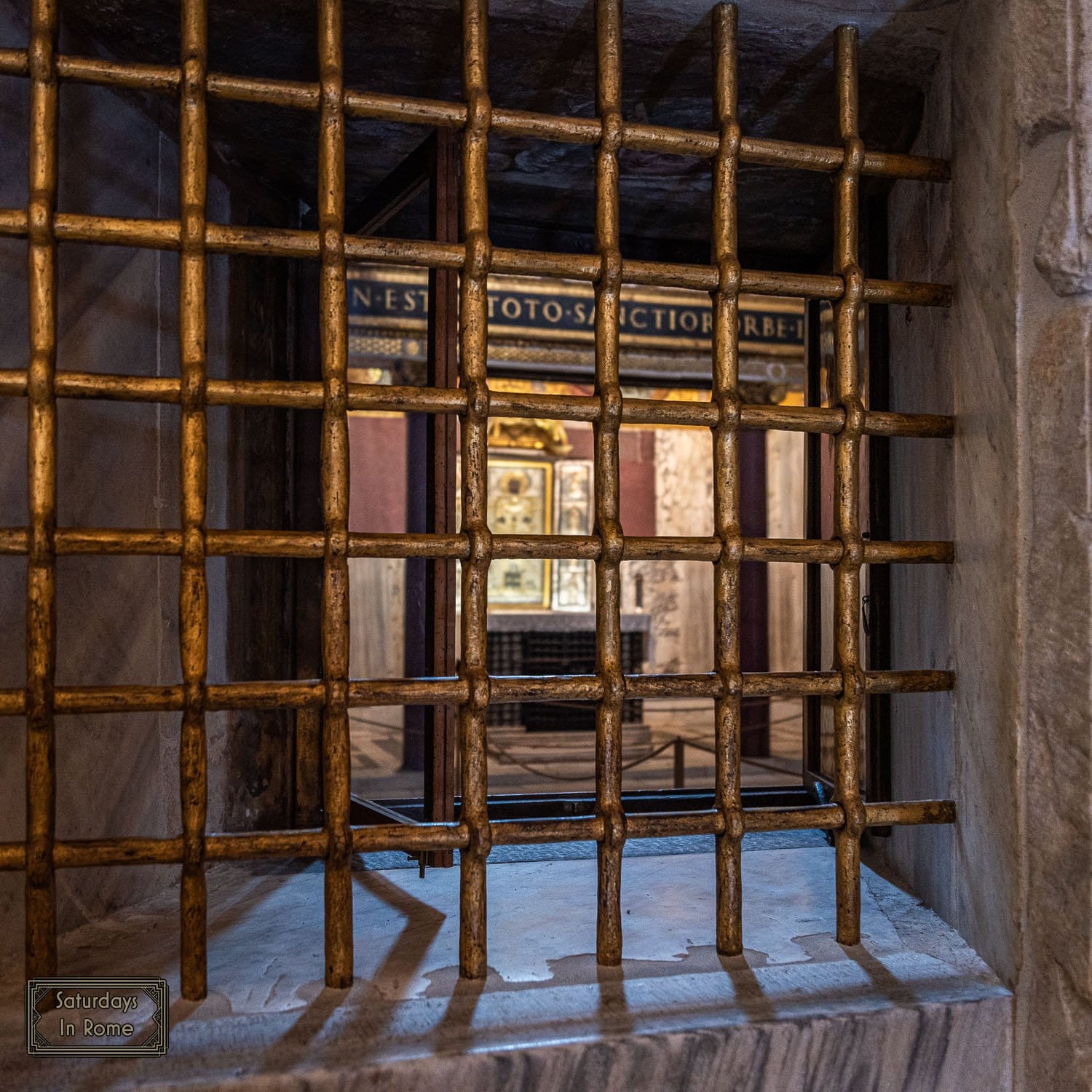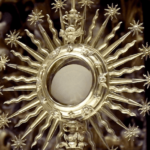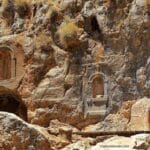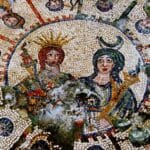Unveiling the Mystery: The Story Behind Rome’s Holy Stairs
Get ready for a captivating journey through time and faith as we explore the legendary Scala Sancta, an ancient staircase whispered to have been graced by the footsteps of Jesus Christ himself. Imagine ascending these hallowed steps, feeling a tangible connection to the countless pilgrims throughout the centuries, drawn to this sacred site. The Scala Sancta is more than just a staircase; it’s a portal to history, a testament to faith, and a symbol of the enduring human quest for the divine. Let’s delve into the secrets of the Scala Sancta and uncover the profound impact it has had on millions of souls.
A Stairway to Faith: The Legend and Legacy of the Scala Sancta
Picture yourself ascending a timeworn staircase, each step imbued with centuries of devotion and whispered prayers. The Scala Sancta, or Holy Stairs, in Rome, invites you to embark on a pilgrimage unlike any other. But how did these revered steps arrive in the heart of Rome?
The story begins in the 4th century AD with St. Helena, the mother of Emperor Constantine. Renowned for her pilgrimages to the Holy Land, St. Helena dedicated herself to preserving relics associated with Jesus. Legend has it that she discovered the very steps Jesus climbed on his agonizing path to face Pontius Pilate. Transported from Jerusalem to Rome, these stairs became a cornerstone of Christian faith.
The question of authenticity naturally arises. While concrete historical or archaeological evidence is elusive, the unwavering belief surrounding the Scala Sancta has reverberated for over 1,700 years. Protected within the walls of the Lateran Palace, their very presence evokes a palpable sense of wonder and mystery.
The Scala Sancta Experience: A Journey of Penance and Prayer
For centuries, the Scala Sancta has borne witness to countless acts of devotion from individuals from all walks of life – emperors and paupers alike. The image of pilgrims ascending on their knees, their prayers echoing through the centuries, is a testament to the enduring power of faith.
Adding to the spiritual resonance, the Catholic Church offers a special indulgence, a form of spiritual merit, to those who undertake the climb with a sincere heart. It’s not merely a physical act; it’s a deeply personal pilgrimage, a tangible manifestation of spiritual dedication.
But the Scala Sancta experience transcends the physical act of climbing. In the 16th century, Pope Sixtus V commissioned renowned artists like Cesare Nebbia and Giovanni Guerra to adorn the walls surrounding the stairs with breathtaking frescoes. These vivid depictions of the Passion of Christ transform the ascent into an immersive and emotionally charged journey, inviting contemplation and reflection.
Visiting the Scala Sancta: A Guide for the Modern Pilgrim
Today, the Scala Sancta remains open to the public, offering a profound encounter with history, faith, and art. Located in the picturesque Piazza di San Giovanni in Laterano, adjacent to the Archbasilica of St. John Lateran, the Scala Sancta is easily accessible to all who seek its solace.
Here are some essential tips for planning your visit:
- Respectful Attire: Remember that the Scala Sancta is a sacred place. Dress modestly, covering your shoulders and knees, as a sign of respect.
- Silence and Reverence: The atmosphere inside is one of quiet contemplation. Maintain silence or speak in hushed tones to honor the sanctity of the space.
- Photography: While photography is generally permitted, it’s best to refrain from using flash, as it can be distracting to others.
Is the Scala Sancta Real? Exploring the Debate and the Enduring Power of Belief
The question of the Scala Sancta’s authenticity has lingered for centuries. Is it truly the staircase from Pontius Pilate’s praetorium in Jerusalem, touched by the feet of Jesus? Or is it a symbolic representation, a physical manifestation of faith?
Proponents of authenticity point to longstanding Catholic tradition, tracing the stairs’ journey back to St. Helena’s legendary pilgrimage. Medieval texts referencing the “Scala Pilati,” or “Stairs of Pilate,” further suggest an early connection to the Passion narrative.
However, the absence of definitive archaeological or historical evidence has fueled ongoing scholarly debate. Critics argue that the stairs could be a later creation or a symbolic representation intended to inspire devotion. Martin Luther’s famous questioning of the Scala Sancta’s efficacy during his own pilgrimage in 1510 further complicates the narrative.
Despite the lack of conclusive proof, the Scala Sancta’s impact on the faithful remains profound. For many, it represents a tangible link to a pivotal event in Christian history, a physical manifestation of Jesus’s sacrifice. The act of climbing the stairs on one’s knees, a tradition spanning centuries, is a testament to the enduring power of belief, ritual, and the human longing for connection with the divine.
Practical Information: Planning Your Visit to the Scala Sancta
Admission:
- **Climbing the Scala Sancta: ** Free of charge
- Sancta Sanctorum (Chapel at the top of the stairs): €3.50 entrance fee
Hours of Operation:
- Monday – Saturday: 6:30 am – 6:30 pm
- Sunday: 7:00 am – 6:30 pm
Getting There:
The Scala Sancta is easily accessible by public transportation:
- Metro: Take Line A (Red Line) to “San Giovanni” station. The sanctuary is a short walk from the station.
Tips for Your Visit:
- Allow ample time: The Scala Sancta can get crowded, especially during peak tourist seasons and religious holidays. Plan your visit accordingly.
- Consider an audio guide: Audio guides are available for rent, providing valuable historical context and enriching your understanding of the site’s significance.
- Combine your visit: The Scala Sancta is located near the Archbasilica of St. John Lateran, one of Rome’s four major basilicas.
Consider combining your visit to explore the basilica’s stunning architecture and religious art.
Conclusion: The Enduring Allure of the Scala Sancta
Whether you approach the Scala Sancta as a devout pilgrim seeking spiritual solace, a history enthusiast captivated by ancient mysteries, or an art lover drawn to its exquisite frescoes, the experience is sure to leave a lasting impression. These sacred steps offer a unique opportunity to connect with the past, to contemplate the profound power of faith, and to embark on a journey of personal reflection and discovery. The Scala Sancta stands as a testament to the enduring human yearning for meaning, connection, and transcendence.
- Crypto Quotes’ Red Flags: Avoid Costly Mistakes - June 30, 2025
- Unlock Inspirational Crypto Quotes: Future Predictions - June 30, 2025
- Famous Bitcoin Quotes: A Deep Dive into Crypto’s History - June 30, 2025
















